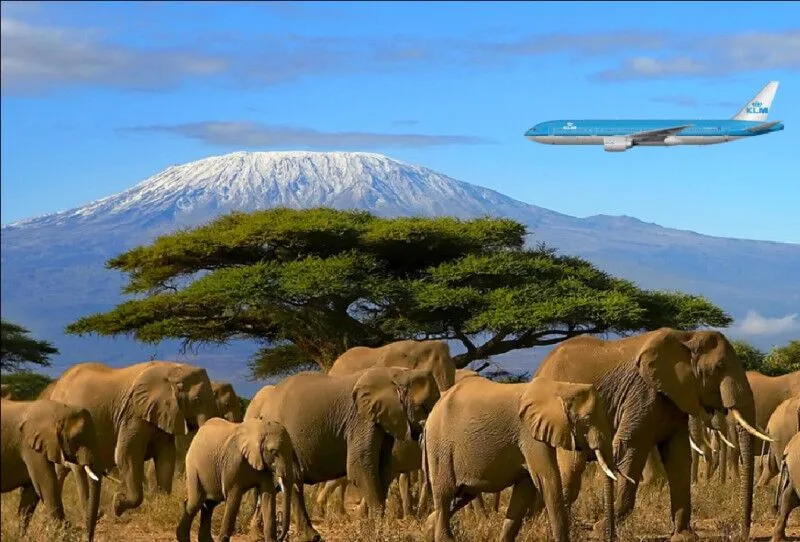The park can be accessed by road or flight via Kilimanjaro International Airport – about 45 km to the west. Marangu gate is the Park Headquarters and one of the ascending route is located 41 km from Moshi town and 86 km from Kilimanjaro International Airport. The other seven gates of Rongai, Machame, Londorosi, Lemosho, Kilema, Mweka and Umbwe are located around the mountain base and can be reached by road.
Attractions
The Park is endowed with a diverse variety of attractions ranging from terrestrial wilderness to permanent glaciers on the mountain peaks.
Three Peaks
Kibo, the highest peak [5,895m] is covered by snow throughout the year though located near the equator, and to many climbers, conquering this peak is an adventure of their lifetime. Mawenzi [5,149m] is rugged and open for technical climb. Shira [3,962m] is the oldest peak that collapsed and
forms a shira plateau with outstanding scenic beauty on the mountain habited with several kinds of migratory large mammals such as buffaloes, elephants, and elands.
• Montane Forest
A wide band of exceptionally beautiful montane forest encircles the whole of Kilimanjaro from about 1800 – 2800m.
The forest zone is worth a visit even if you are not climbing to the peaks. The present nature trails in particular take you through this forest belt. This belt supports several plant species, including endemic ones like Impatiens Kilimanjaro.
• Birds and Animals
The park harbors more than 179 bird species that inhabit the different vegetation zones. At high altitudes, the White
Necked Raven, Lammergeyer, and Alpine Chat are common.
The mountain also inhabits 140 species of mammals; 7 primates, 25 carnivores, 25 antelopes, and 24 species of bat. Hikers may see various
animals including the Black and White Colobus Monkey, Blue monkey, Forest Duikers, and small mammals like Myosorex zinkii which is endemic to Mt. Kilimanjaro.
• Zonation of Vegetation
Five eco-climatic zones take you to the equivalent of a trip from the equator to the Arctic in a brief tour. As one climbs Kilimanjaro, vegetation and weather change in response to the changing elevation from montane forest, heath and moorland, alpine desert, and the summit zone (arctic). The mountain peak is covered by snow all year round.
• Kifinika Cultural Site
This is a sacred site along the Marangu route that is used by the local Chagga people. Historically, the site was used for cultural rituals.
• Maundi Crater
Located just 15 minutes walk past Mandara huts on the Marangu route the crater provides a panoramic view of Lakes Chala, Jipe, and Nyumba ya Mungu, all of which derive their water from the majestic Kilimanjaro.
• Lauwo waterfall
This waterfall is located at 2.8 kms from Marangu gate. It provides a spectacular experience while enjoying walking inside the thick montane forest.
• Lake Chala
Lake Chala is located about 30 30-minute drive from Himo town. Although situated outside the Park, the lake is an important geological link to the park. This deep freshwater lake can be visited before, or after climbing the mountain.
Kilimanjaro National Park covering an area of some 75,575 ha protects the largest free-standing volcanic mass in the world and the highest mountain in Africa, rising 4877m above surrounding plains to 5895m at its peak. With its snow-capped peak, Kilimanjaro is a superlative natural phenomenon, standing in isolation above the surrounding plains overlooking the savannah
Kilimanjaro National Park is protected under national legislation as a National Park and a management plan is in place. The property requires an effective and managing organization, including sufficient well-equipped ranger presence to be able to carry out surveillance and implementation of the management plan.

